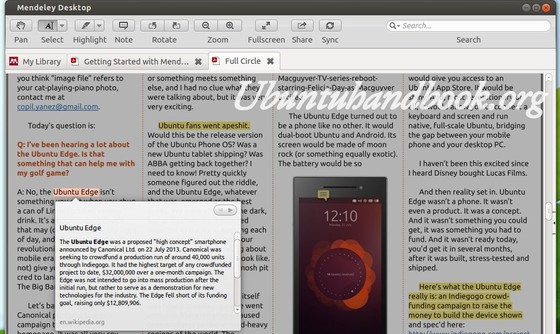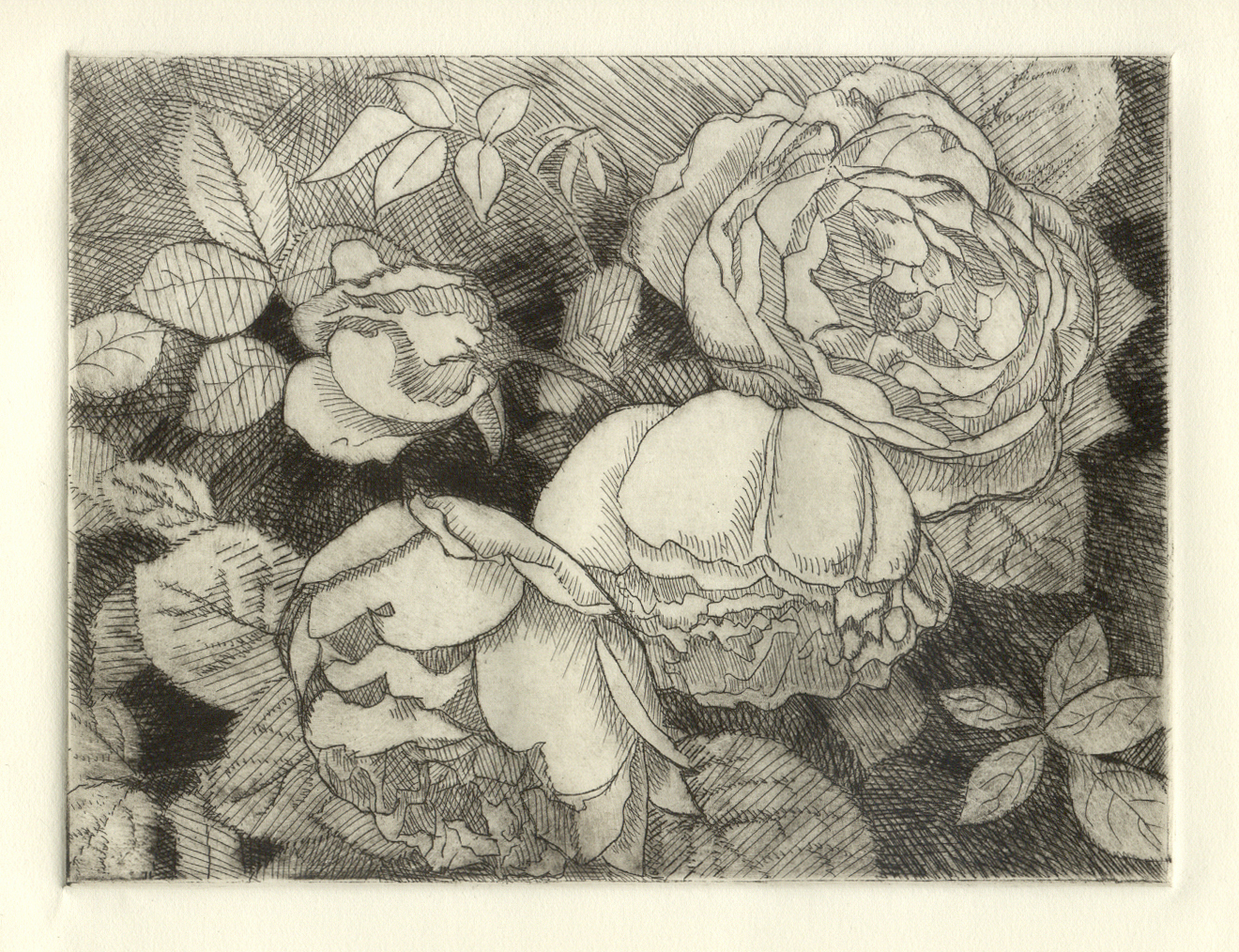

An artist takes editions of his prints say for instance 10 each edition is signed by the artist on one side of the print and on the other side it is numbered in the order of 1/10 (meaning first edition out of 10 prints in all). The original print is a work of art in it's own right.Ī) A/P is in short Artist's Proof. An original print is a creative endeavor by the artist and therefore is as valid an expression as is any other form of visual art - may it be a painting or a sculpture. If an artist chooses to copy his own work, originally done in another medium, it would be a print done after an oil or other medium. The original print is not a copy of anything else, not a copy of a painting or another print. Each impression should be approved and signed by the artist and the master plate canceled/destroyed.The print, if not printed by the artist, should be hand printed by someone under the artist's direct supervision.The artist alone must create the master image on the metal/stone to make the print.Q) Are etchings considered original works of art?Ī) The Print Council of America issued guidelines establishing criteria for an original etching print: When the image appears on a pulled print, it is an act as pure as offering worship."

In this art, you need riyaaz more than schooling or gurus. Each uncovers the truth of embedded myths. "The thought, the process, the print - each stage is so intense. The artist argues in his own words - "We haven't scratched beyond the surface of the plate," as nymphs and invented creatures surface on his acid-washed plate. Artists usually prefer to take 10 - 15 editions but it is best to limit the number to 20, which usually is the number taken during art camps to workout the commercial aspect of the gallery costs incurred. Since these plates wear out or become dull as multiple editions are taken, only limited high-quality prints can be taken. The printed edition is carefully removed and dried. Now the plate is rolled with equal pressure from the printing press and felt blankets are used to cushion the roller. Printmaking paper, which is 100% cotton and dampened to make it flexible enough to suck the ink out of the grooves, is placed on the surface of the plate. The excess ink/pigment is then wiped carefully with cleaning agent from the surface of the plate so that only the etched areas will be imprinted on the paper.Ĥ) Printing - The plate is placed on to the printing press facing upwards. To those places or spots where you do not need darkening, asphaltum (similar to tar) is touched up with a brush.ģ) Inking - Ink/pigment of the chosen color is wiped on the surface of the engraved plate with the help of a hand roller for even surfacing so as to fill all the grooves/lines. Immersing the plate into the acid for longer period of time will get bolder/darker tones than when kept for shorter period of time. Aquatint is rarely employed by itself, but rather in combination with other intaglio methods.Ģ) Etching - Nitric acid of different concentration is used to bite/eat the plate thereby creating lines/groves. The deeper the etch, the more ink will gather in the etched texture and the more solidly the area will print. Each of the different tonal areas on the plate is etched at different length of time. The plate is then immersed in a bath of acid to bite/eat the areas not covered by the resin, creating a porous ground. The plate is then etched in the acid depending on the tones.Ĭ) Aquatint - The surface of the plate is sprinkled with powdered resin and then heated so the resin melts and clings. Once this layer of wax cools and hardens, any pointed scribe can be used to remove and scrape off the wax thereby exposing the plate for the acid.

The plate is now ready for print and these plates are not etched.ī) Hard/Soft Ground - A thin coating of hard/soft wax is applied on the surface of hot plate (zinc/copper). The groove formed by the tool holds the ink/paint giving a very rich but somewhat fuzzy line.
INTAGLIO ETCHING FULL
Let me try to explain the process on how etchings are usually made in simple steps ġ) Either Zinc/Copper sheet of required dimension (sizes are usually 1/4 imperial, 1/2 imperial or full imperial) is taken as a ground surface to draw.Ī) Dry Point - A sharp metallic instrument 'etching needle or scribe' is taken to groove or mark on the surface of the plate. Intaglio is a process of etching on a metal plate, either zinc or copper and the image etched is transformed on paper, which is termed as limited-edition prints/limited-edition etchings.


 0 kommentar(er)
0 kommentar(er)
